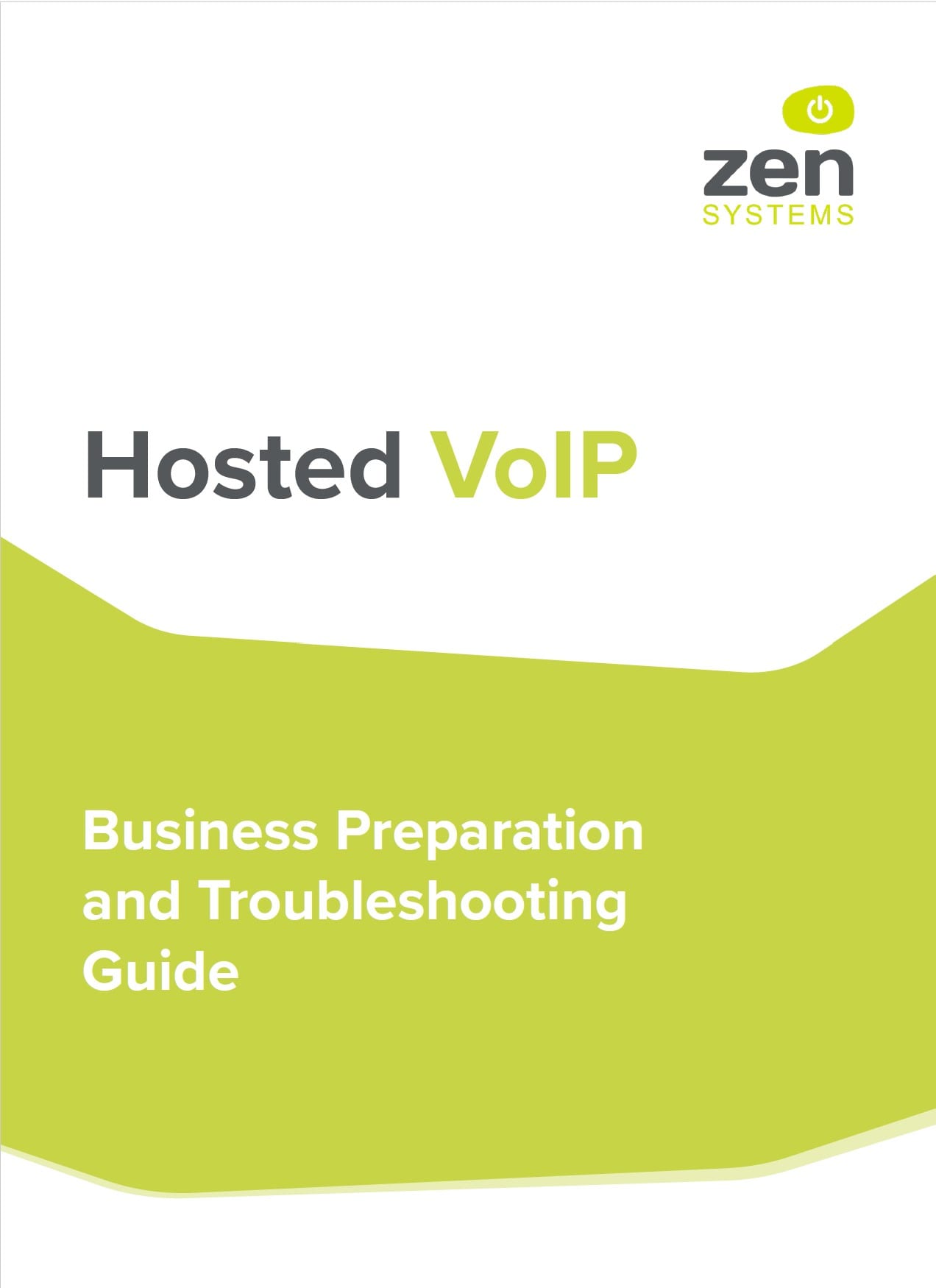A network security audit is essential for every business. Without one, you don’t know if your organisation is vulnerable to a vast range of cyber security threats.
Yet, the growing complexity of today’s networks increases the need for a comprehensive security audit. From your cloud services, to your data networks, and disaster recovery backup services, it’s not enough to just conduct basic network security monitoring.
A network security audit provides a comprehensive toolkit for your business. It identifies areas of improvement to keep you ahead of the competition, aids compliance in a changing legislative landscape and ensures your staff productivity isn’t hampered by a struggling infrastructure.
What is a network audit?
The precise nature of a network audit depends on the intricacies of your infrastructure. In general, your network is analysed to assess its health in accordance with your organisational requirements.
Once complete, a network audit provides a range of insights into your infrastructure, the effectiveness of your corporate practices, and your compliance with the necessary network policies and regulations.
As a result, you can address any identified issues, boost your technical presence and future-proof your business.
What happens during a network security audit?
Both manual and automated techniques are used to gather data and review your infrastructure. Every node on your network, your network control processes, and your network security monitoring processes may all be reviewed.
Although a network audit may focus more on network control and security, it also reviews your processes and the measures in place to ensure network availability, performance and quality of service. For example, your network availability and performance could be assessed to check you can fulfill your SLAs and KPIs.
A standard network security audit may cover the following steps:
- Device and Platform Identification: all assets on your network are identified, including the operating systems they use.
- Security Policy Review: your company’s security policies and procedures are reviewed to check they effectively protect your technology and information assets.
- Security Architecture Review: your documented policies are reviewed, including the actual controls and technologies that are in place.
- Risk Assessment: various assessments are conducted to characterise your systems, identify potential threats, and determine their impact. A series of fixes are then identified and prioritised in terms of their impact and complexity.
- Penetration Testing: these serve as a stress test for your network’s security architecture. Testers effectively try to break your security architecture to identify and fix previously-unknown issues.
When the audit is complete, information is gathered, threats and vulnerabilities are identified, and a formal report is produced.
When should you conduct a network security audit?
You may need to conduct a routine network security audit every month, quarter or bi-annually. We would recommend that these audits are completed at least twice a year.
When to conduct a network security audit depends on the size of your organisation, the complexity of your current infrastructure and the type of information you hold. Here are five signs you may need to conduct a network security audit:
- If your last audit was more than 12 months ago
Regular network audits ensure your systems are up-to-date, protected against current threats and comply with any changes to compliance laws (such as the recent introduction of the GDPR).
A network audit will highlight infrastructure improvements to protect your business and maintain the level of service your customers demand and expect.
Some of these improvements may be simple fixes. For example, incorrect system settings or substandard security configurations could be in place. These are inexpensive fixes, that will improve your network’s performance and ensure your compliance.
- You recently changed your network
If your business has grown, merged with another organisation, undergone a digital transformation or introduced a new system, you need to conduct a network security audit to ensure your business has not been left vulnerable to cyber security risks.
An audit will identify the policies and network security monitoring practices you need to update to ensure you are still protected.
- Your network is struggling
If your network is slow and unexpected IT errors are regularly flagged up, this will have a negative impact as staff productivity decreases and customers lose patience with your slow systems.
Such issues are a clear signal that something is not right with your infrastructure. A network audit will identify bottlenecks and problems on your infrastructure to resolve such issues.
- You don’t have a clear DR plan
A network audit will help you create an effective disaster recovery plan because it will create a comprehensive review of your vulnerabilities and potential threats. So, if the worst does happen, you can get your business up and running as quickly as possible.
- You’ve experienced a catastrophic event
A comprehensive network security audit is essential under certain circumstances, such as a data breach, to identify what went wrong and how to protect your business going forward.
However, if you regularly conduct network security audits and have robust network security monitoring practices in place, we hope you’ll never need to conduct such a post mortem.
If you want to take a proactive approach to your network security and find out more about your vulnerabilities, contact us to arrange a free IT audit.







0 Comments